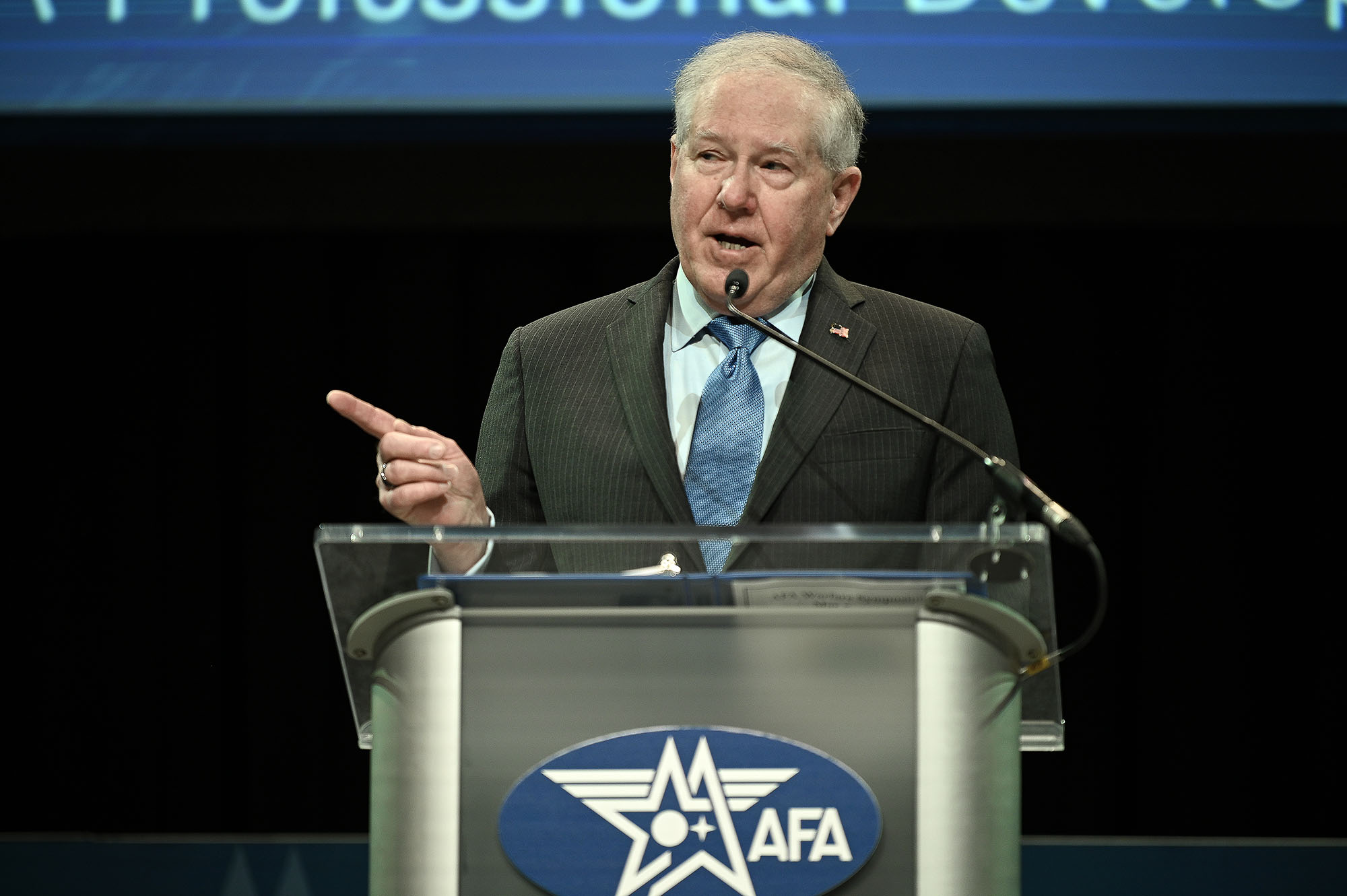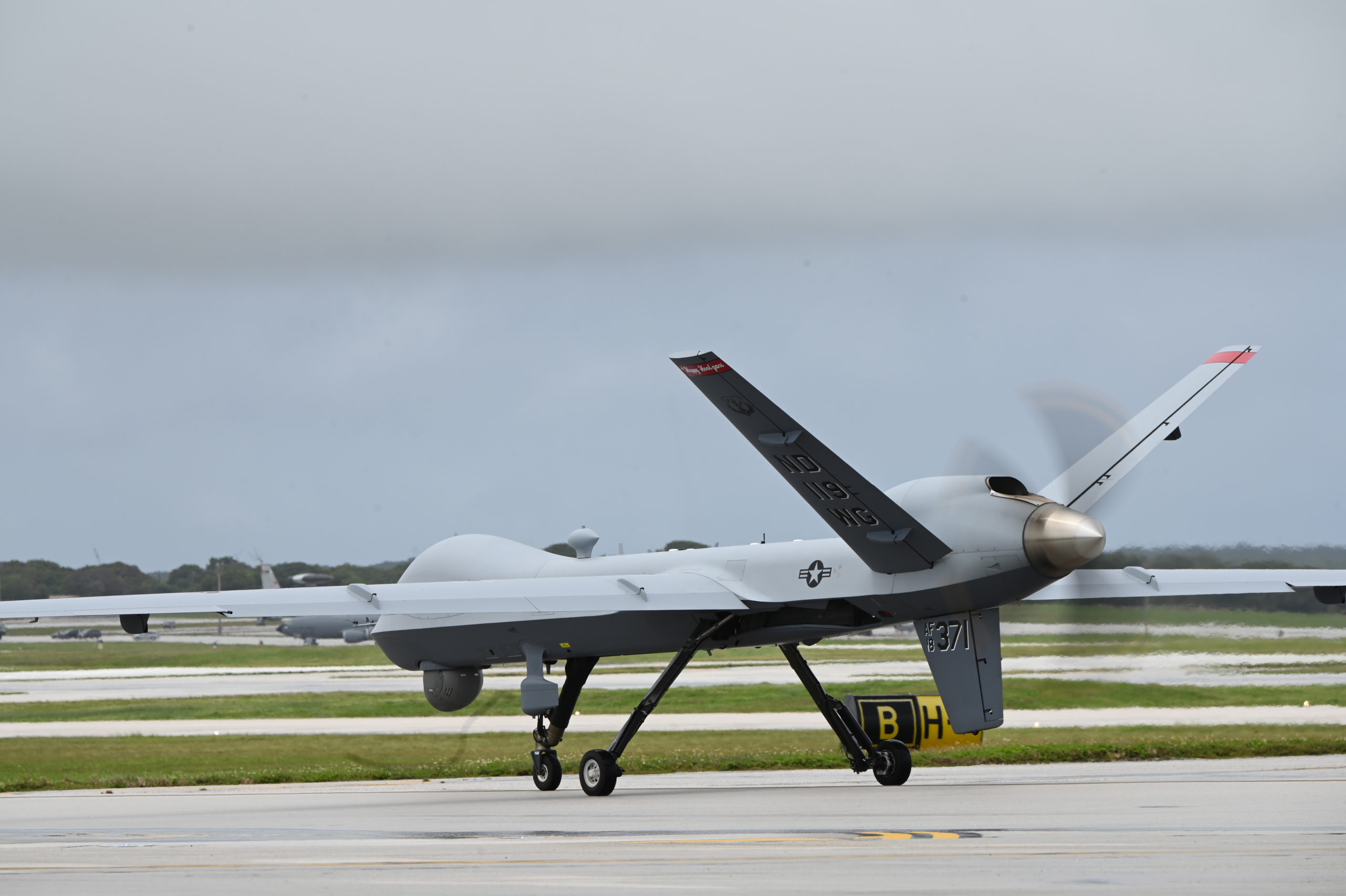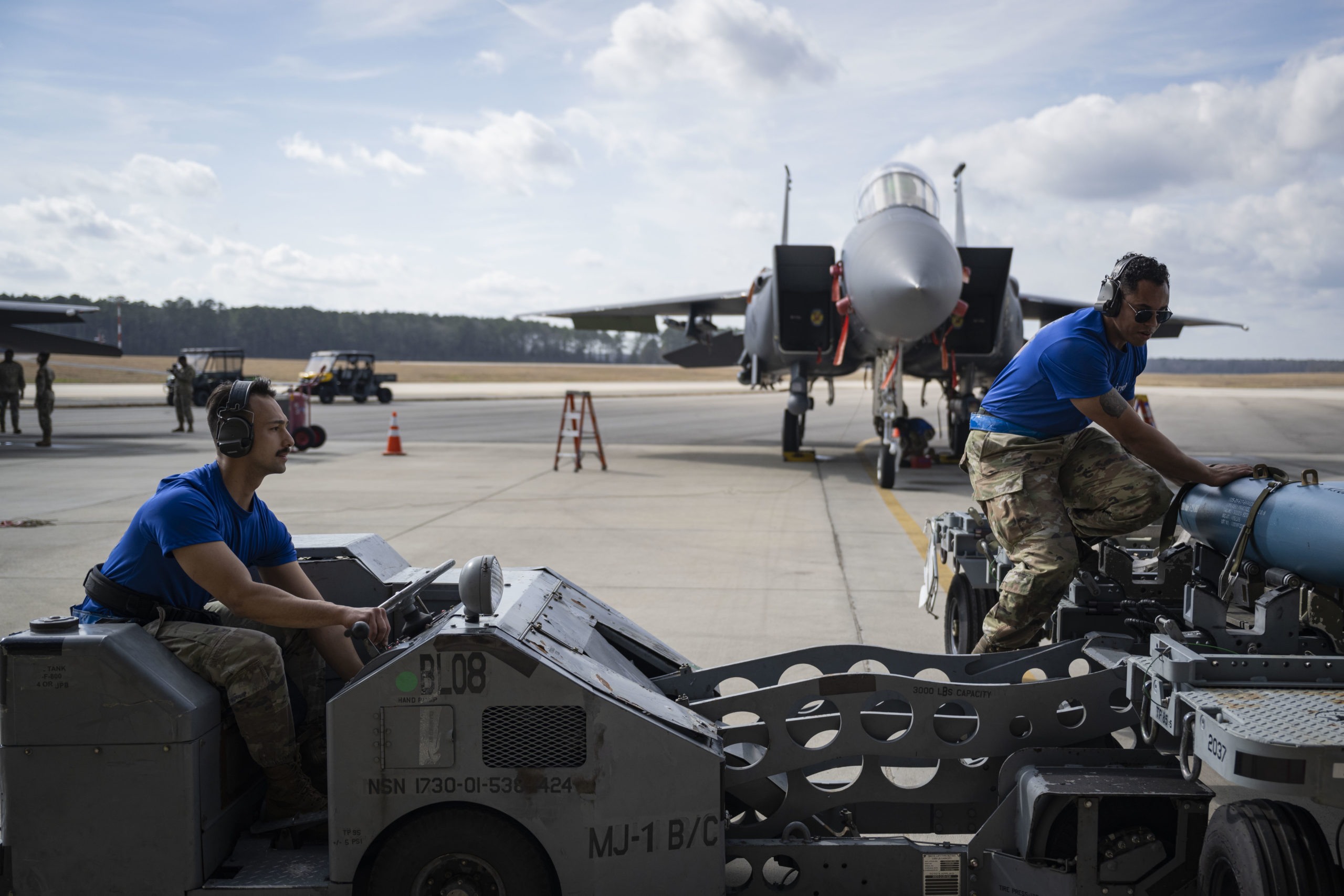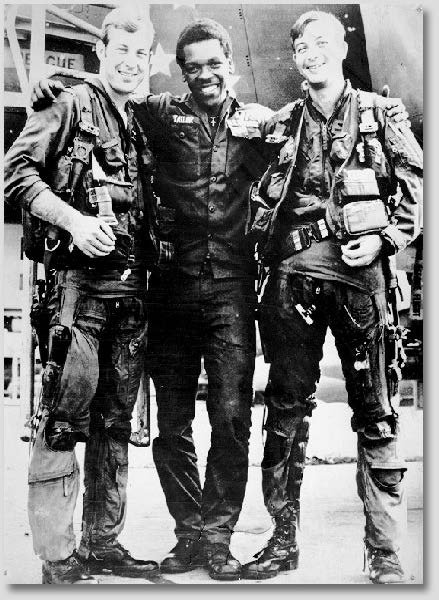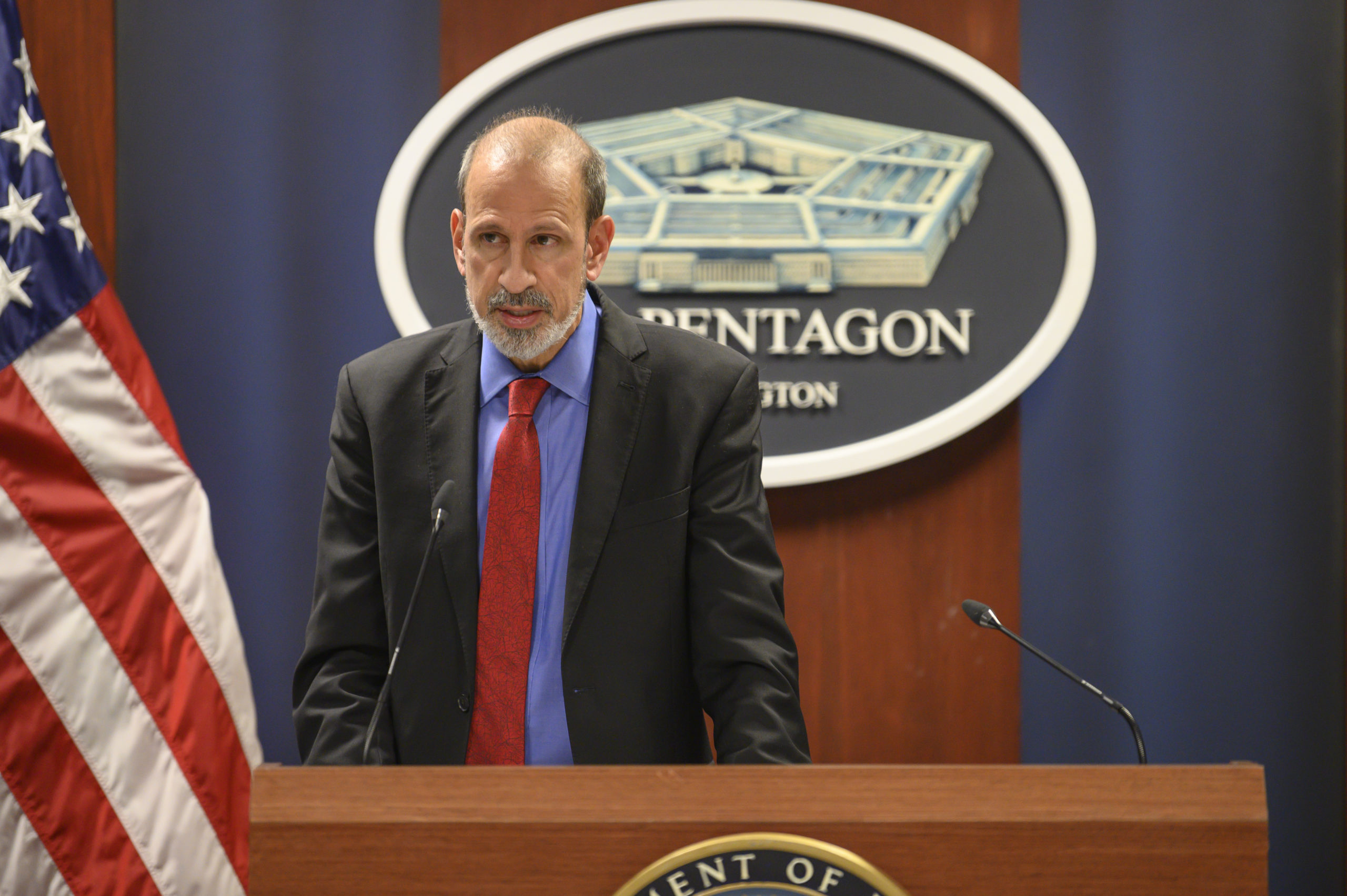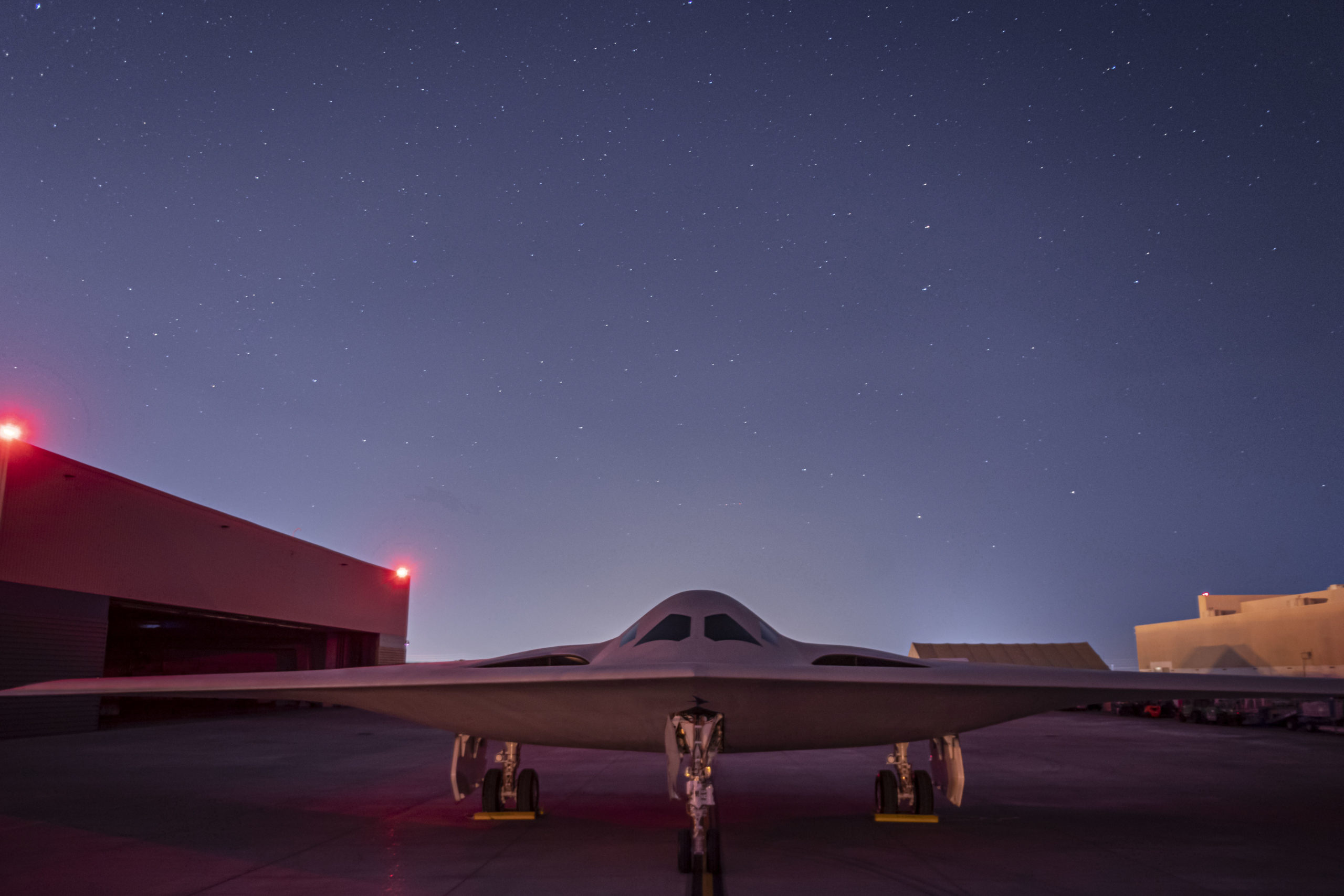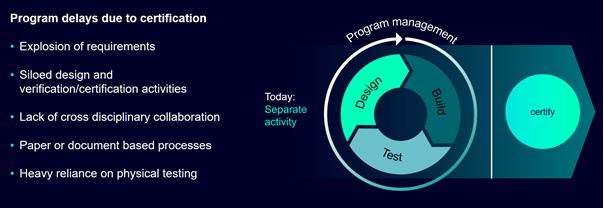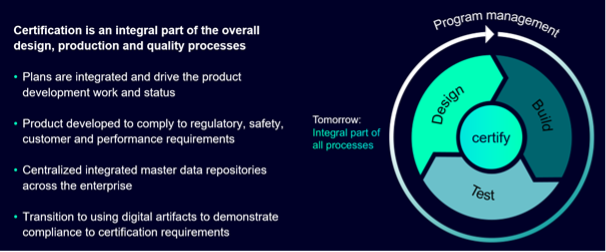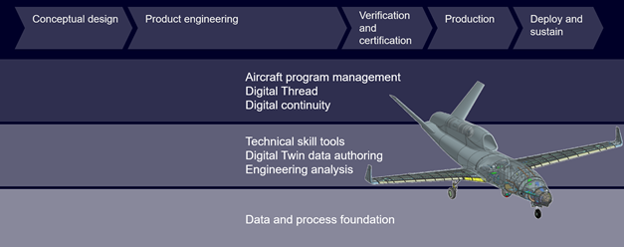Department of the Air Force Secretary Frank Kendall delivered a keynote address titled “One Team, One Fight” covering progress on his Operational Imperatives at the AFA Warfare Symposium, March 7, 2023. Watch the video or read the transcript below.
Secretary of the Air Force Frank Kendall:
Good morning. I don’t think I’m ever going to overcome that West Point thing, am I?
Now it’s a pleasure to be with you. This is my fourth AFA conference. Fourth as your Secretary of the Air Force. I want to thank Orville Wright, Bernie and the AFA team for giving us this opportunity to meet here in Colorado. I was just here skiing, so it’s good to be back, even though I’m not skiing. It looks like we have a great program planned. Before I begin my remarks, I want to extend condolences to our Italian colleagues. They lost two pilots in a collision near Rome over the night sometime, and I want to extend our condolences on behalf of the Secretary of Defense and on behalf of the entire department of the Air Force. This is a reminder of the risks that we all take in the profession of being Airmen. So please extend your condolences if you have the opportunity and reach out to our partners as they seek peace and healing.
I also want to mention, before I start the presentation that was given yesterday afternoon, I’m old enough to remember very well the Vietnam War. Yesterday we heard from three American heroes, Colonel Charles de Bellevue, Colonel Lee Willis and Colonel Jean Smith, Lieutenant Colonel Jean Smith. If you missed their stories yesterday and you missed their messages, I’m sure AFA is going to put this up online. Give you a chance to look at it. Please see it. These are tremendous stories about people who epitomize what it means to be an American Airman and what you need to have to be successful in a fight with a serious competitor. They’re amazing stories. This is considered a war fighter’s symposium, so I’m going to be talking about our war fighting capability and capacity and how I see it changing over the next several years. You’re also going to hear from General Brown and General Saltzman who will also address the need for change in their presentations.
Salty will speak about a theory of success for the Space Force, particularly the need for competitive endurance. CQ has been emphasizing the need for accelerating change and being integrated with our allies by design. We are united in our commitment to modernizing the Air and Space Forces and achieving the transformation we must have to be competitive with our pacing challenge. China, China, China. First, I want to compliment my partners on the department of the Air Force Senior Leadership team and thank them for their parts and all that we have accomplished together to date. First General Raymond and now General Saltzman continue to provide the Space Force with visionary leadership as we were to create the entirely new set of space and counter space systems we need to be successful. General Brown is an exceptional leader with broad strategic perspectives and a thoughtful measured approach to any problem set. I would hate to lose such a great partner, but there is a chance someone who out ranks me considerably might see those same attributes in CQ.
At any event, Salty, CQ and I will soon begin our round of posture hearings to explain and defend the FY24 budget submission. I hope I’m not jinxing anything when I say that I’m looking forward to the opportunity. We have a good story to tell, and today I’ll give you a little preview of that story. The fourth member of the DAF Senior Leadership Team, Undersecretary Gina Ortiz Jones, has stepped down from her duties as undersecretary and will be moving on to new challenges, Assistant Secretary of the Air Force for Financial Management, Kristin Jones, will perform the duties of the undersecretary, pending the nomination and confirmation of Gina’s successor. Kristin would be with us, but she’s busy preparing to roll out our ’24 budget. Gina has been a fantastic advocate for the DAF as we have worked to secure the resources we need to be successful in our missions.
Salty, CQ and I will have a much easier time in our posture hearings and the Department of the Air Force has a much better resource path to the future in large part due to Gina’s advocacy, both inside and outside the Pentagon. Gina’s been the Department of the Air Force representative with the two service chiefs, vice chiefs, and the Deputy Secretary of Defense’s Management Action group where all major program and budget issues are debated. Gina’s also been a strong and effective advocate for fostering greater diversity, equity, and inclusion within the Air and Space Forces. A recent People Magazine article highlighted two B-1 pilots, both majors, both weapon school graduates, both married, in this case to each other, but only one of whom is pregnant. Now do, in large part to policies that Gina championed, both can now maintain their career momentum. Please join me in a round of applause for Gina and for this fantastic team.
My priority as a secretary remain those of Secretary Austin, mission, people and teams. The guidance we have on the National Security Strategy and the National Defense Strategy are the basis for everything we do. My particular focus, as you all know well by now, is responding to the People’s Liberation Army’s Military Modernization program, a program aimed directly at acquiring the ability to defeat power projection by the United States and its allies. The PLA has been working for decades to acquire the ability to prevent and, if needed, to defeat U.S. intervention in the region. The ruling CCP has regional and global ambitions, and the possibility of aggression in the Western Pacific is real, particularly against Taiwan. But war is not inevitable and there is no reason to believe it is imminent. In fact, there is no specific timeframe in which conflict can be predicted to occur. The Department of the Air Force’s mission is to help prevent a conflict with China, or any potential adversary from occurring at any time, but if deterrence fails and war does occur, we must be ready at all times.
Semper supra, always above, and airpower anytime, anywhere. Our service mottoes and mission statements say it all. Today I’ll be talking about three relevant timeframes. It’s called the first, the current timeframe, where we have comparatively little and ability to affect change in the composition of the department, but in which we must keep our existing forces ready and able to deter or meet any threat. The second is the midterm timeframe, in which we can feel greater quantities of systems and capabilities already well into development or in production. Finally, there is a longer term timeframe beyond the current five-year program in which we can feel totally new transformational capabilities, but only if we start down the road to those capabilities now. In our posture statement and hearings last year, we told the Congress that hard choices lay ahead. We were right. We also told the Congress that the Department of the Air Force was using a list of seven operational imperatives to focus our work on defining and acquiring the Air Force and Space Force we need to meet our pacing challenge.
The operational imperative work has had a major impact on our FY24 budget. We’re still a few days away from submitting the budget, so I can’t be very specific, but I can give you a general sense of what we’ve been able to include. The hard choices have come as we balance funding the current force and our investments in the war fighting capabilities of the mid and longer terms. We are maintaining our current force at adequate levels to meet the threats that they face. Importantly, we are taking steps to support and improve the quality of life for our most important resource, our people. Still, we have no choice but to prioritize the Air and Space Forces we must have to remain dominant in the future. The operational risk posed by our facing challenge are increasing over time. Emphasizing the current force at the expense of the force of the future is a road to operational failure.
We are continuing to divest older and less capable or relevant platforms as we increase midterm capability and capacity. Requiring aircraft in production, we will be acquiring aircraft in production at higher rates than previously planned. In general, our previously… Let me say that again. We will be acquiring aircraft currently in production at higher rates than previously planned. In general, our previously initiated programs are continuing as intended. For the longer term, and as a result of our work on the DAF operational imperatives, we will be requesting close to 20 new or significantly enhanced efforts. I’ll try to give you a sense of what that entails without providing any budgetary specifics. In his remarks, General Brown will cover the status of each of the Air Force’s five core functions and talk about the six fights the Air Force must win. As he will discuss, the six fights are typically coupled to the modernization program defined by the operational imperatives are tightly coupled.
General Saltzman will discuss the needs for Space Force and the requirement to deliver that ready total force. He’ll focus on the concept of competitive endurance, also directly supported by the operational imperatives. I’ll focus on our integrated modernization program to address the pacing challenge in our areas of highest risk. Since last year’s budget submission, we’ve come a long way in defining the needed space order of battle. As Salty will discuss, the still very young Space Force must undergo a transformation unparalleled by any other military service at any time in history. We have to acquire the resilient systems needed to support the joint force during a conflict. We have to create the operational capacity to deny adversary support they increasingly obtained from space. Critically, we have to protect the joint force from targeting by our potential adversaries. The President’s FY24 budget will address all of these goals.
The program we initiated to create a new missile warning and tracking architecture that addresses the full spectrum of missile threats, including hypersonics, will continue and accelerate, while we concurrently provide risk mitigation with current technology in the near term and the midterm. The Space Development Agency is now fully integrated into the Space Force and moving forward with the fielding of early versions of the space transport layer and Space Development Agency’s contribution to the missile warning architecture. While some programs are classified, I can assure you that the FY24 budget includes funding that addresses each of the Space Force’s requirements. Since the last major AFA Symposium, we have moved forward with our efforts to define and fund the next generation of integrated command control and battle management. I’ve been using a metaphor to help people understand the evolution of this effort. A few years ago, we envisioned a beautiful C3 battle management palace called JADC squared. In this beautiful palace, information could move effortlessly from any room to any other room, and perfect operational decisions would result.
That was an attractive, even compelling, vision, but the hard work of designing or costing the palace had not been accomplished. Pretty soon, there were a lot of people in our community talking about how they were building bricks that would fit perfectly into this beautiful palace. Still, we lacked a sense of what bricks we actually needed, or how they would come together to create the palace. And finally, we needed a more precise and realistic definition of what we were going to build. We needed a single technical leader working closely with the air and space operational communities to define that goal technically and ensure our acquisition efforts were aligned in progressing in concert with operational concepts for C3 battle management. Hence, the creation of the new department of the Air Force, PEO for integrated C3 battle management.
Our new PEO for integrated C3 battle management has organized this team and is moving forward, but to make progress, they’ll need the resources we will be requesting in FY24. The DAF senior leadership team recently conducted its first quarterly review of this effort. It’s off to a good start. We envision major efforts to develop the next generation of air operations planning and management, and we also envision a parallel program to create the first generation of space battle management for a possible conflict with a peer competitor who has fueled a full suite of counterspace capabilities. General Brown will talk about how our next generation of air battle management capabilities will have to plan and control the six fights. General Saltzman will talk about the operational concepts, training and equipment needed for effective space battle management in pursuit of space superiority. The DAF PEO for integrated C3 battle management is ruthlessly focused on solving these operational challenges in partnership with the advanced battle management system cross-functional team, a combined team of Air and Space Force operational experts.
Critically, we are working closely with joint and OSD stakeholders, and the intelligence community, integrating all these capabilities into a single effective and resilient kill web that also supports joint and international partners, and this is a major undertaking, but we must succeed. There is no choice. Timely targeting of moving assets, maritime, air and ground, is a prerequisite for the employment of the weapons that can defeat acts of aggression. Over the past year, we have worked closely with the intelligence community to define and budget for a moving target center system designed, built for the real-time dynamic war fighting mission, while still providing seamless support to intelligent functions.
The Space Force continues to develop additional tactical space-based sensing systems to enable expansion to additional classes of targets. We have designs and plans for the software and communications that will be needed to connect all of these centers together with additional Air Force and joint weapons delivery platforms. Details are classified, but with support from Congress, we should be able to move forward with the resilient suite of airborne and space-based centers and the associated processing and data distribution needed to perform these functions. We’re deeply appreciative of the cooperation we’ve had for the National Reconnaissance Office and the National Geospatial and Intelligence Agency as we work to define the needed integrated multi-roll systems.
The DAF is moving forward with a family of systems for the next generation of air dominance, that will include both the NGAD platform and the introduction of uncured collaborative aircraft to provide affordable mass and dramatically increased cost-effectiveness. We will be requesting the resources needed to move these programs forward, along with associated risk reduction activities that will allow us to explore operational, organizational and support concepts, as well as reduced technical risk. General Brown and I have recently given our planners a nominal quantity of collaborative combat aircraft to assume for planning purposes. That planning assumption is 1000 CCAs. This figure was derived from an assumed two CCAs per 200 NGAD platforms, an additional two for each of 300 F 35s, for a total of a thousand. This isn’t an inventory objective, but a planning assumption to use for analysis of things such as basing, organizational structures, training and range requirements, and sustainment concepts.
The CCAs will complement and enhance the performance of our crude fighter force structure. They will not impact planned crude fighter inventory. One way to think of CCAs is as remotely controlled versions of the charting pods, electronic warfare pods, or weapons now carried under the wings of our crude aircraft. CCAs will dramatically improve the performance of our crude aircraft and significantly reduce the risk to our pilots. As we considered current midterm and longer term investment options, one operational area that we realized could be improved relatively quickly was the resilience of our forward deployed air assets. We can move forward with hardening our forward bases and with a support structure needed for agile combat employment, without having to wait for development program. With timely investments, we could substantially improve our forward tactical air resiliency. This effort has strong synergy with our integrated deterrent strategy in both the Western Pacific and in Europe.
We are hopeful that with the Congress’s support, we can make meaningful current and midterm improvements in this area. The B-21, which we rolled out just a few months ago, will be the centerpiece of our global strike family of systems. The B-21 is projected to begin flight tests later this calendar year. Our goal is to get into production as quickly as possible with acceptable concurrency risk associated with overlapping some testing with production. With the Congress support, we intend to pursue other capabilities, some defined as a result of the operational imperative work, that will enhance both the survivability and effectiveness of the B-21. We’ve also made good progress at defining and addressing the need to ensure that all the systems and facilities we depend upon to go to war will function as desired under duress. Under the seventh operational imperative, and through concurrent management initiative efforts, we define the resources needed to buy down information technology, technical debt, that have been accumulating for years.
Addressing this need will take some time, but we can’t make progress without the additional resources we will request in the budget submission. While the work on the seven operational imperatives has identified a number of solutions to our operational problems, it has also exposed additional needs. In some cases, this has led to continuing work on the original seven imperatives, but it has also spurred the creation of efforts to address three cross-cutting operational enablers, mobility, electronic warfare and munitions. Work in these areas is relatively recent and is generally focused on the FY25 budget. I would like to mention one situation in which this work has already led to a significant change in our plans, and that is mobility. One characteristic of the dynamic pacing challenge we face is the continuous increase in engagement ranges against our assets. In particular, our mobility fleet can no longer operate forward with relative impunity.
The air threat is becoming much more severe with increasing range. Our particular concern is the survivability of our tankers, which will have to be far enough forward to refuel fighters that operate within a few hundred miles of the threat. Our preliminary assessment is that this will mandate a more survivable tanker, one that is not a derivative of a commercial aircraft. As a result, we have begun the effort to define the concept for this new capability which will be competitively procured. One possibility is a blended wing body design. There are many others. We intend to conduct an analysis of alternatives for this new capability, which may be a single platform or a family of systems. We have named this effort the Next Generation Aerial Refueling System, or NGAS. Catchy acronym there. We intend to move quickly, while continuing the current KC-135 recapitalization program, potentially with additional upgraded KC-46 aircraft until NGAS enters production. The business case supporting KC-135 recapitalization will complete in the first half of this year, supported by our final market research.
CQ and Salty and other speakers here will have much more to say about some of these topics and about other aspects of the Department of the Air Force Enterprise. Before I close, I do want to touch on one subject that is absorbing a lot of our attention and that is recruiting. Recruiting is a direct contributor to taking care of people and building strong teams, both key elements of course, of Secretary Austin’s and my priorities. We are currently projecting about a 10 percent shortfall this year in the Active Air Force and more in the Guard and Reserve. We are swimming upstream against a reduced propensity to serve nationally across the board and a limited percentage of qualified candidates. We need this community to help spread the word to America’s youth. They are great opportunities in the U.S. military, especially in the Air Force and Space Force. In all components, Active, Guard, and Reserve.
As evidence of that fact, retention numbers look very good. We’re keeping the people that we get, but we need to get more people. People coming into the Air Force are staying with us, so please reach out to your communities and help us counter negative perceptions of our military service and share our positive and accurate messages. This year we celebrate three important anniversaries, the 75th anniversary of the desegregation of the military, the 75th anniversary of the Women’s Armed Services Integration Act, and the 50th anniversary of the All Volunteer Force. Today and always, I’m deeply proud to be a part of a team that empowers and supports all of its people, embraces cutting edge technology, and performs missions that will determine whether our future is bright and free or not. All the technology and money in the world cannot replace the dedicated professionals that make up our total force. Our people will remain our greatest advantage.
My remarks today have been largely about time. I started each posture hearing last year with a quote from General MacArthur to the effect that military failure could almost always be summarized in just two words. Too late. Time is an asset, this was mentioned yesterday, that can never be recovered or replaced. As our pacing challenge continues to modernize creatively and aggressively, we can’t afford to seed the advantage of time. We have done a great deal of work over the past year to analyze and solve our operational problems and to define the programs needed to address them. As we submit our FY24 budget in the next few days, we are grateful for the support of the Secretary of Defense and the President. We are also grateful to the Congress for the support we received in FY23, especially in allowing nearly all requested divestitures of legacy systems and in completing authorizing and appropriations prior to the end of the calendar year.
It says something that getting it before by the end of the calendar year, vis a vis the end of the fiscal year, is regardless of success, but that’s the life. That’s the reality we live with. Our most sacred obligation is to provide our fighting men and women, in our case, Airmen and Guardians, with the tools they need to defend the nation. It will soon fall to the new Congress to enact both an authorization and appropriations bill on time. The DAF Senior Leadership team is ready and eager to work with the Congress. The many new efforts I have described, and that we have spent over a year analyzing and planning, cannot begin without congressional approval. My greatest fear today is a delay, or even worse, a failure, to provide the Department of the Air Force and Department of Defense with timely authorization and appropriations. That would be a gift to China. It is a gift that we cannot afford. One team, one fight. Thank you.
Bernie Skoch:
Mr. Secretary, I think the thousands of people you see here before you and thousands more who are viewing this event online can see that unquestionably we’re led by a brilliant visionary leader. We thank you for that and we thank you for your support of the year and Space Force Association. It’s my honor to present to you our new coin, which reflects our commitment not only to supporting and advocating on behalf of the Air Force, but every bit is committed to the Space Force. Thank you, sir.
